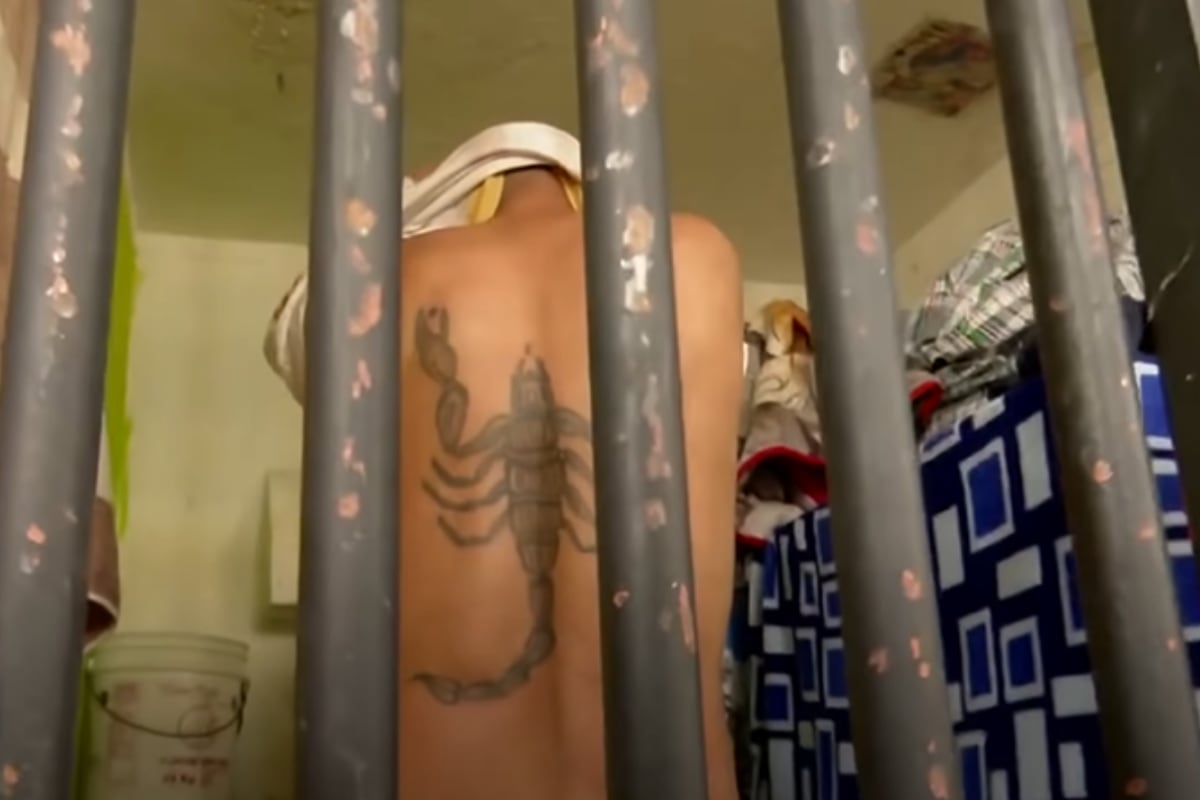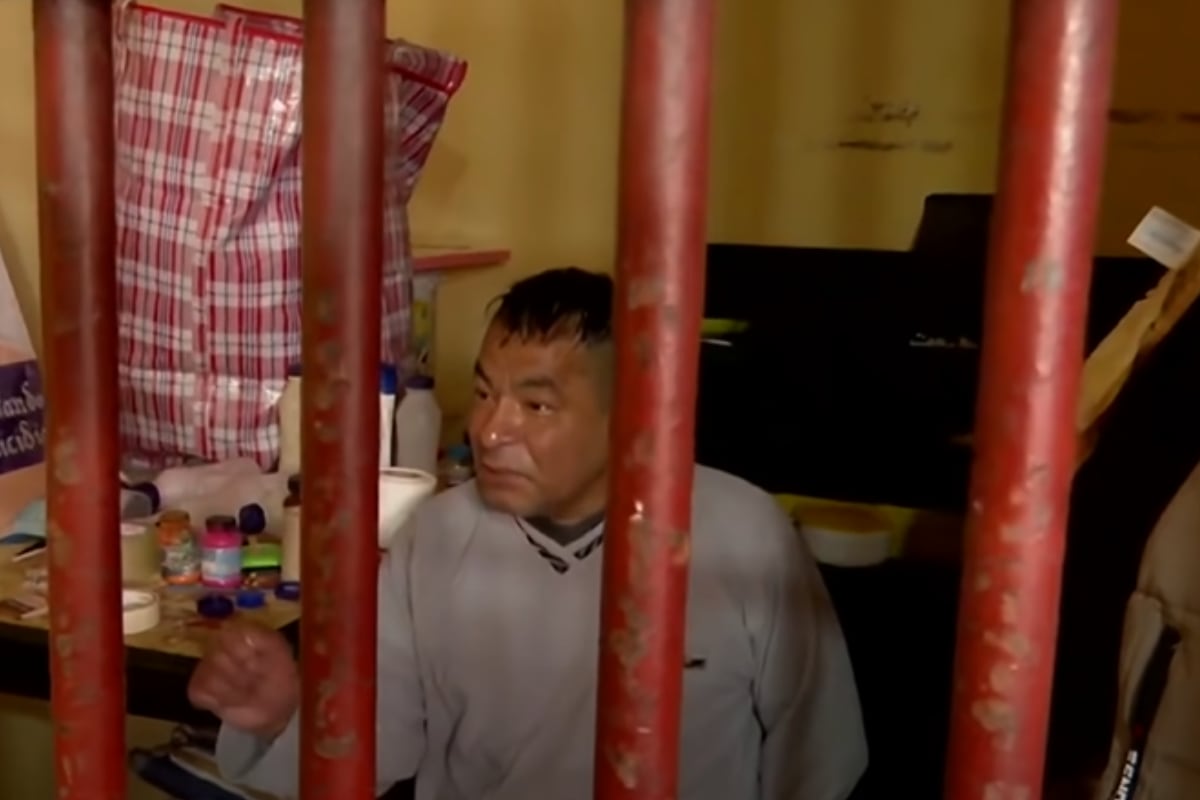:quality(85)/cloudfront-us-east-1.images.arcpublishing.com/infobae/L2W64UGALBDYXKG5SIGJUTSUA4.png 420w)
Peru is one of the countries with an overcrowding of nationwide prisons, a fact that aggravates the overcrowding of prisoners, who have to seek meet their basic needs in the midst of this environment. In May 2021, the former president of the National Penitentiary Council (CNP), Susana Silva Hasembank, informed the plenary session of the TC that INPE has been taking actions to ensure the proper functioning of prisons.
As of April of that year, in the 69 prisons in the country there is a housing capacity of 412111, with a prison population of a total of 86825 persons, causing 111% of overcrowding.
In this scenario is one of the establishments furthest from the population, where climate and lack of access to resources becomes one of the punishments that prisoners experience. This is the Challapalca prison, located at 4800 meters above sea level, between Tacna and Puno. This responds to the regional office of the highlands. Its name has marked the history of crime in our country as it is the prison where highly dangerous criminals live together. In the coming days, this will be the new home of Juan Antonio Enríquez García, known as the 'Chiclayo Monster', who will spend preventive detention there for kidnappings and sexually abusing a minor under the age of 3.
ABOUT THE CHALLAPALCA PRISON
It is located on the Andes mountain range towards the border between Peru and Bolivia in the southeast of the country, near the military fort Inclán de la Caballería, 211 kilometers from the city of Puno, by land in poor conditions (trails), crossing unpopulated areas and in approximately six hours from the city of Puno and agreement as the road is found. The nearest town is Mazocruz, located approximately two hours away.

The prison facilities were built in 1997. It has a relatively modern and finished structure. It occupies a land area of 12,000 square meters, of which 4,500 are completed structures. It consists of five blocks of buildings, one for the prison administration, the dormitories of the guards and a sector where four isolation cells are located. In another block are the prison kitchen and the nursing environment.
In November 2003, Canal N's D' 6-9 program sent an official communiqué from the Inter-American Commission on Human Rights (IACHR) recommending Peru close Challapalca prison because “prisoners are tortured and survive in inhumane conditions”. They referred to the fact that offenders are victims of physical and psychological abuse, are affected by low temperatures, did not have light for much of the day and hygienic conditions were described as deplorable. In addition, it was pointed out that the Peruvian authorities should abide by its recommendations for the transfer of half a thousand prisoners who are located in the high altitude area between Tacna and Puno.

WHY IS IT ONE OF THE MOST DANGEROUS PENALTIES IN PERU?
It is named after the criminals it harbors, being a powerful reason for the prison authorities to separate themselves so that they do not organize clashes and/or riots. Due to security measures, some prisoners are removed from dormitory rooms to be isolated in separate cubicles, but guarded.
None of the residents have access to technology privately, so their only means of entertainment is walking in the courtyards and reading. Due to the distance, visits are not frequent and these are scheduled by the authorities. These entry dates are made public through the government's unique platform.
In 2018, the “Alcatraz de las Altiplano” recorded a series of violent acts that left INPE agents hostage and one deceased in the brawl between inmates. This was an opportunity that many of them saw to request that they be relocated. The call was made with posters hanging from the control towers and asking that organizations that protect human rights be present and analyze the conditions in which they live.
In a recent interview, César Roque Quispe, director of the venue, reveals that “all inmates are afraid to come to this establishment. They don't have a cell phone, television and many goodies that they had in their previous prison.” Even if you try to enter an artifact, it would not work because there is no signal from any operator.
WHO ARE THE CRIMINALS WHO ARE CONFINED IN THE CHALLAPALCA?
Taking as a reference to a special report carried out by the Fourth Power program for October 2021, fewer than 220 prisoners are currently being held, who are considered “very difficult to rehabilitate” by INPE president Susana Silva.
- Renzo Espinoza Brissolesi: armed arm of an illicit drug trafficking mafia led by Gerald Oropeza.
- Giancarlo Zegarra Cuadros: member of the assailants “The Black Hoods”.
Fact: At 6:00 a.m. staff check the cells asking if the prisoners are in good condition, especially because of the low temperatures in that area.
- Luis Murga Constantino and José Angulo Casas.
- John Smith Cruz Arce, head of “The Octopuses”.
- John Salas Pezo, member of “Los sanguinarios de Bagua”.
- Roberto Carlos Gutiérrez Guzmán, murderer and leader of “The Damned of Rio Seco”.
- Joran van der Sloot, the “suitcase killer”.
- Gerson Gálvez Falla aka 'Caracol', the leader of the criminal gang Barrio King.
KEEP READING
